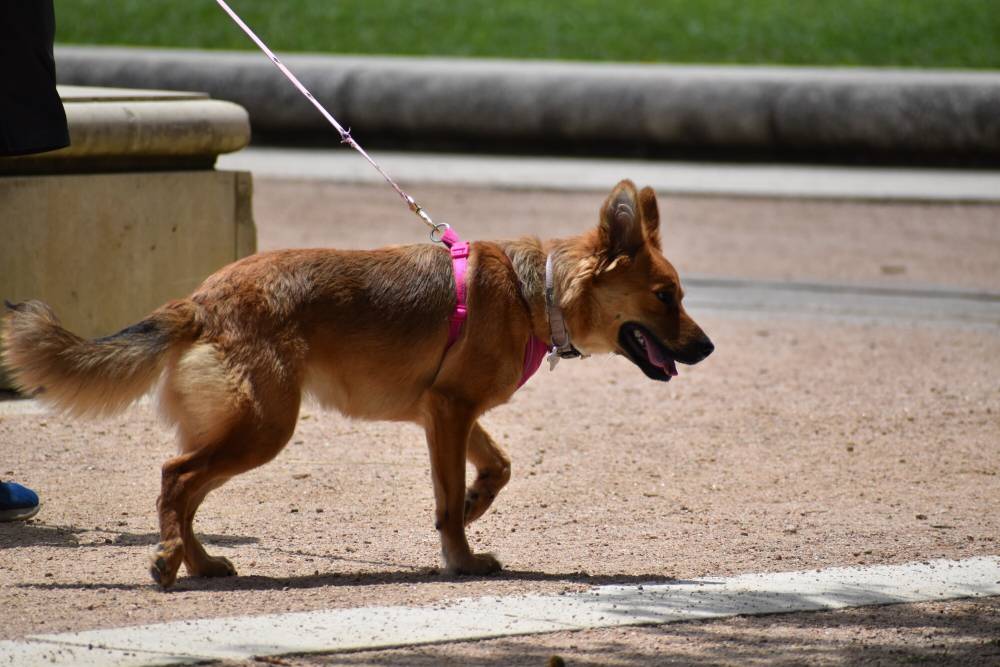Table of Contents
Security dogs, also known as watchdogs or guard dogs, are dogs that are kept by folks for personal security and protection in their house. These dogs are specialized in protecting their owners from any unfortunate incident. Now that you have a new dog, you can enroll him in a board and train program because you intend to have that dog as a guard. But, do you know that you can train them on your own too? So, what do you need then? Certainly, the guard dog training for your furry fellow for ultimate security and loyalty. Don’t worry; this article guide will help you with elite training for your guard dog. Without further ado, let’s discuss the security training.
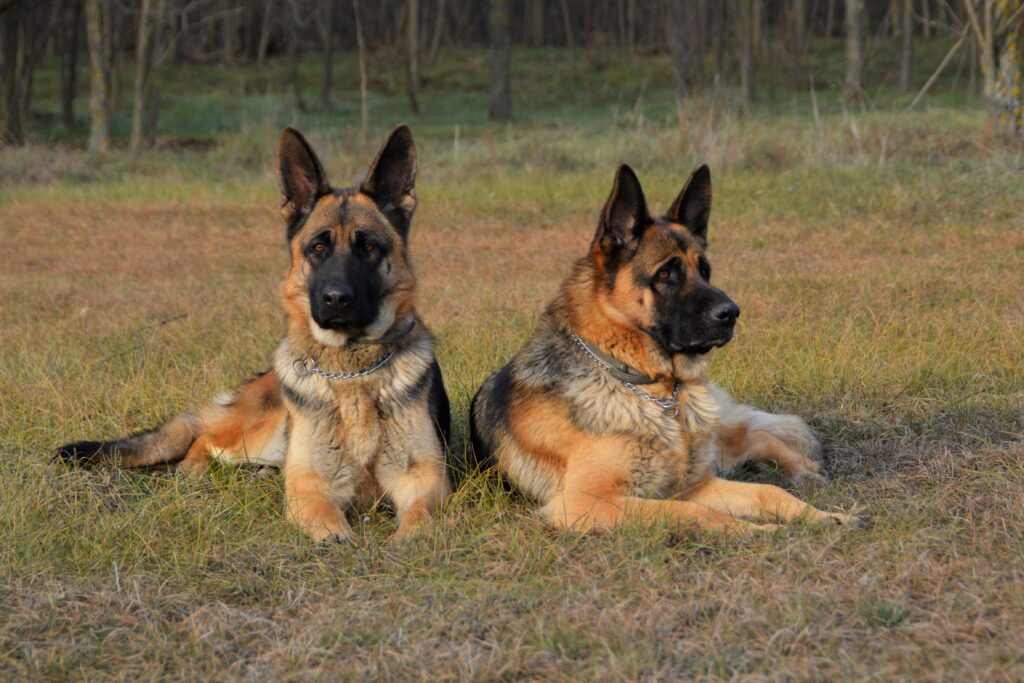
Guard Dogs: Ultimate Protection for Your Family and Livestock
In addition to their skill in family protection and resource guarding, guard dogs receive specific obedience training to guarantee reliability. They receive dog training so they can bark on command and warn of impending danger. When trained, livestock guardian dogs are great livestock guards. When taught to perfection, these dogs are steadfastly loyal and watchful. They serve as more than just guards; they give their owners a sense of security and comfort. So, if you have a guard dog, indulge in their training now for a loyal, protective fellow.

What Refers to Guard Dog Training?
Training German Shepherds and other breeds for protective roles is known as guard dog training. Beyond teaching basic obedience, guard dog training focuses on imparting specific skills. Guard dog training for German Shepherds and other breeds emphasizes their loyalty and intelligence. By educating your dog to share without becoming aggressive, you can prevent resource guarding. In addition, dealing with resource-guarding behavior guarantees a balanced temperament. Programs for trained protection dogs focus on judgment and restrained aggression. Furthermore, socialization is essential to a guard dog’s overall development. The goal of guard dog training is to produce a dependable and devoted guard dog by striking a balance between aggressiveness and obedience.
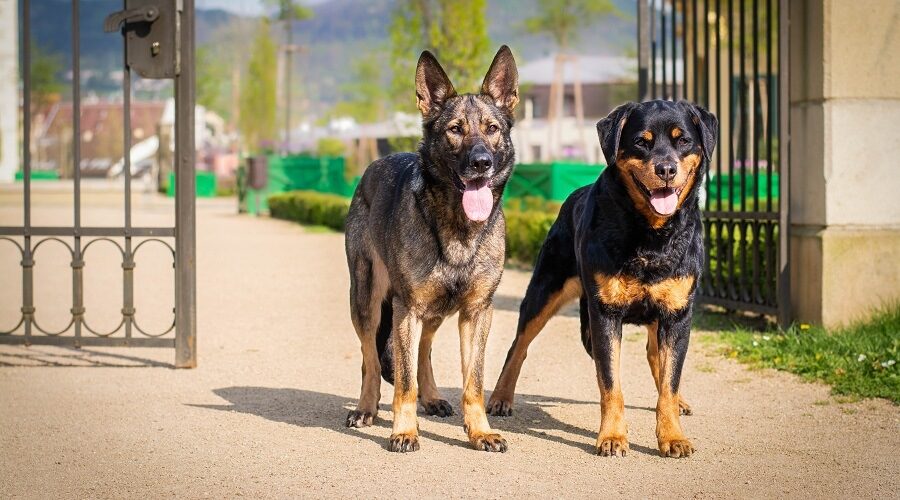
Benefits of Having a Guard Dog
Having a guard dog in your house for family protection and livestock can bring you many benefits. Let’s see what is great about having a guard dog in your house.
1. Enhanced Security
Guard dogs give an extra degree of security by deterring potential threats and invaders.
2. Heightened Awareness
Compared to humans, they are able to identify problems or intruders earlier due to their keen senses.
3. 24/7 Vigilance
Even when their masters are not there, guard dogs are constantly on duty to watch over and protect.
4. Cost-Effective Security
Guard dogs provide a low-cost, long-term security option in contrast to electronic security systems.
5. Natural Deterrent
Just having a guard dog around will discourage intruders and robbers, which lowers the chance of break-ins or vandalism.
6. Companionship
Guard dogs give their owners companionship and emotional support in addition to security.
7. Customizable Training
Depending on the owner’s security requirements, guard dogs can be trained for particular activities like patrol, scent detection, or apprehension.
8. Decreased Stress
The worry and anxiety brought on by security worries can be reduced by knowing that a trained guard dog is on duty.
9. Family Protection
Guard dogs automatically defend their families, giving residents of the home security and peace of mind.
10. Versatile Security Solution
Because guard dogs can adapt to a variety of settings, they can be used on rural, commercial, or residential premises.\
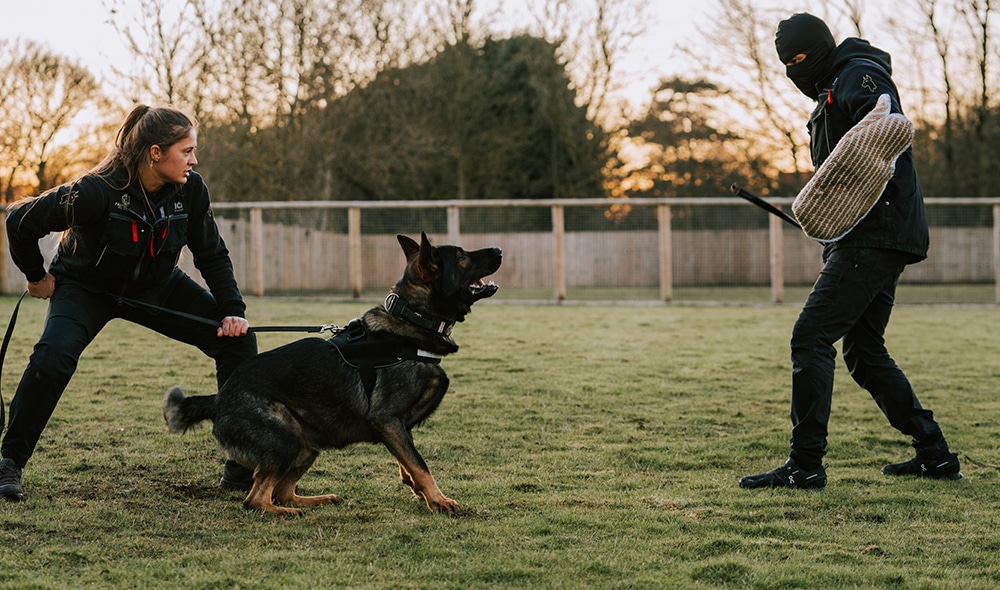
Training Guard Dog: A Guide to Self-Protection
There are several steps involved in training a guard dog effectively. We’ll see what are the steps involved in training your watch dog.
1. Choose the Right Breed: The First Step to Guard Dog Training
To begin with, choose a breed known for its mind, protective nature, and aptitude for guard dog duties. Due to their innate ability to defend, German Shepherds, Rottweilers, and Doberman Pinschers are often selected. Let’s say you’ve chosen a German Shepherd for guard dog training. It is important to know their behavior and nature for smooth training. Let’s see what is the general nature of a guard dog. The characteristics of guard dogs include intellect, loyalty, territoriality, and protectiveness. These dogs are extremely good at guarding their family and territory because they are bred and trained to be watchful, alert, and attentive to possible threats. Guard dogs have a strong natural tendency to protect their owners while also being obedient to outsiders.
2. Begin with Basic Obedience: Important Step in Guard Dog Training
To start training, teach the door dog, German shepherd, or any other selected breed the basics of commands for sitting, staying, heeling, and coming. These instructions help you and your dog communicate and set the stage for later, more complex training.
Below are some of the basic obedience tips:
1. Sit: One of the most fundamental and important obedience instructions to teach your dog is to sit on command. It helps in establishing focus and control
2. Stay: Teaching the dog to hold a particular posture (such as sitting or lying down) until the handler releases them. For safety and control in a variety of circumstances, this command is essential.
3. Come (Recall): Assuring that the dog can return to the owner when necessary, encouraging responsiveness, and teaching the dog to come to them when called.
4. Heel: Teaching the dog to follow the handler calmly and closely without yanking on the leash. In addition to encouraging proper leash manners, heel command strengthens the handler’s leadership.
5. Down: Getting the dog to down to the ground when asked. This instruction helps to promote relaxation and calm anger.
6. Leave It: Teach the dog to turn aside or ignore objects, humans, or other animals when given the order. This directive promotes safety and helps in the prevention of undesired behaviors.
7. Drop It: Training the dog to take anything out of its mouth at command. Play safety and the prevention of resource guarding depend on this command.
8. Focus/Watch Me: Teach the dog to look the handler in the eye when instructed. This command strengthens the dog’s attentiveness to the handler’s cues and improves communication.
9. Off: Training the dog not to jump on items or humans. This order prevents inappropriate jumping behavior and encourages polite behavior.
10. Wait: Teaching the dog to hold off on doing anything until it receives more guidance. This instruction encourages patience and impulsive control.
3. Teach them Socialization
The next step in training a dog to be a guard dog is teaching it socialization. From a young age, expose the dog to a variety of settings, people, and animals. Through socialization, fear-based aggression is avoided, and the dog gains confidence and comfort in various settings.
Here’s how you can teach them to socialize:
Start Early: For the best consequences, start socialization when your dog is still a puppy.
Positive Experiences: Make sure that all of your interactions with people and places are kind and non-threatening.
Expose to Different Environments: Gradually expose your dog to a variety of environments.
Engage with Other Animals: Set up supervised encounters with dogs and other creatures of different sizes and breeds.
Reward and Reinforce: Use prizes to promote a poised and self-assured demeanor during socializing.
Observe Body Language: Be aware of your dog’s cues and take action if you see them displaying indications of distress or anxiety.
4. Teaching the Art of Desensitization in Guard Dog Training
Next, carefully and gradually introduce the dog to possible triggers, such as noises, strangers, or strange things. This lessens the dog’s fear or anxiety reactions and helps it get used to particular situations. When you are training a livestock guard dog such as great Pyrenees, teaching them desensitization is very important. Your level of training can vary based on your personal needs.
5. Scent Detection: A Main Part of Guard Dog Teaching
Teach the dog to identify and become vigilant towards certain scents linked to trespassers or potential hazards. This could involve enrolling the dog in certified smell-detecting training courses or exposing them to scent-based games. You can teach them scent detection by linking the scent of the target to a reward. It will help the dogs participate more diligently. Take them to patrol and investigation sites so they can practically perform scent detection activities.
For Your Information
“You need to teach your dog how to indicate the presence of a target, such as by barking, growling, pawing, or sitting.”
6. Bite Inhibition: Important Aspect of Guard Dog Training
If you are thinking about how to train your dog to guard, then think of bite inhibition as an important step. To help the dog resist intruders without causing needless harm, teach them to exhibit controlled aggression and bite inhibition. For this level, biting work training under the supervision of qualified trainers is essential. The capacity of a dog to regulate the force of its bite, especially during interactions with people or other animals, is known as bite inhibition. Furthermore, bite inhibition is focused on protection dog training programs.
Bite inhibition is important in guard dog training for several reasons:
1. Controlled Aggression: When confronting trespassers or potential threats, guard dogs must display controlled aggression. Through bite inhibition training, they can learn how to bite efficiently without doing too much damage.
2. Prevention of Excessive Force: A guard dog with bite inhibition who has received proper training knows how to exert pressure without risking serious harm. This stops the dog from using unnecessary force when it might not be required.
3. Safety for Handlers and Bystanders: Guard dogs reduce the possibility of accidentally hurting their handlers or uninvolved bystanders during situations involving apprehension or protection by learning bite inhibition.
7. Area Patrolling in Guard Dog Training
In training your guard dog, such as a Pitbull, the next step is area patrolling. Teach the dog to patrol and guard certain areas, such as your property’s perimeter. The dog should keep a watchful eye out for any threats and respond appropriately. Guard dogs patrol their area, identify potential dangers early on, and serve as visual deterrents. This behavior improves security protocols, gives handlers comfort, and adjusts to different situations. All things taken into account, area patrolling gives guard dogs the tools they need to protect assets and properties, making the community safer.
8. Handler Protection: Important Guard Dog Training
The next step in training guard dogs is the handler’s protection. Make sure the dog knows how important it is to defend their handler from harm. This entails training the dog to obey directions, maintain composure, and defend its handler when needed. This ensures the handler’s security and safety in contentious circumstances. Dogs are taught to protect their owners from harm while maintaining calmness and obeying commands. Because they have a faithful and protective partner at their side, handlers can do their jobs with confidence and peace of mind due to this expertise.
9. Consistent Guard Dog Training
To keep skills sharp and reinforce learned behaviors, do training activities on a frequent basis. Training must be consistent if the dog is to remember it and react appropriately in everyday circumstances.
10. Legal and Ethical Considerations in Guard Dog Training
Learn about the rules and legislation that apply to the usage of guard dogs in your community. Make sure that training techniques respect moral principles and put the welfare of the dog and other people first.
11. Expert Advice
Take into account signing up for a respectable guard dog training course or speaking with knowledgeable trainers. Under expert supervision, training methods are guaranteed to be secure, efficient, and customized to meet each dog’s specific requirements.
12. Positive Reinforcement
During training sessions, promote desired behaviors with food, praise, and playing. The relationship between you and your dog is strengthened, and the dog is motivated to learn through positive reinforcement.
You can get a trustworthy and effective guard dog that will give you and your family security and peace of mind by following these guidelines and devoting time and energy to training.
however, if you want to know more details on these tips, check out Josh Cobbe’s blog.
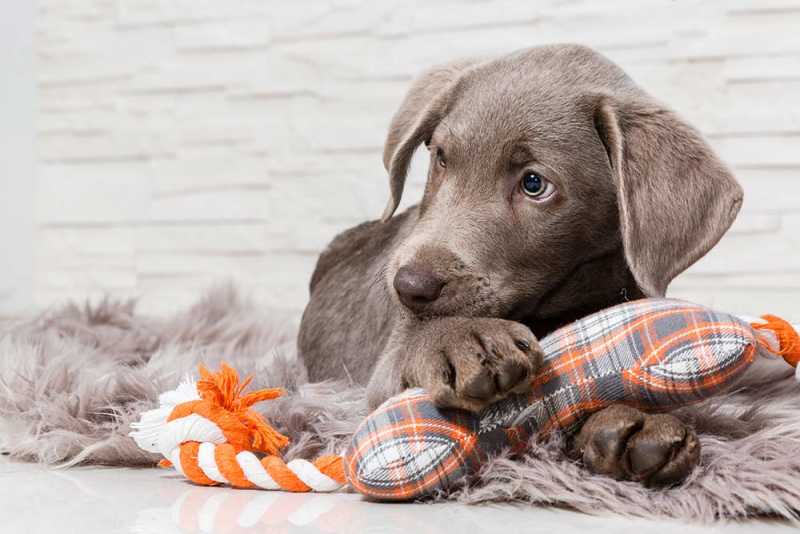
What Is Resource Guarding in Guard Dog Training?
In dog training, the term “resource guarding” describes a dog’s aggressive or possessive behavior toward objects like food bowls, toys, or territory. It can show up as biting, snapping, or even growling when someone gets too close to the resource that is being guarded.
Resource guarding must be prevented for a number of reasons:
1. Safety
Resource-guarding behavior can escalate into aggression, endangering both people and other family pets.
2. Behavioral Issues
Resource guarding can develop into more serious behavioral issues if left unchecked, which can make the dog challenging to control and possibly cause conflicts in the home.
3. Quality of Life
Dogs that guard resources may be stressed or anxious, which can negatively impact their general health and well-being.
4. Training Effectiveness
Resource guarding hinders training because it destroys the handler-dog relationship of trust and cooperation.
Owners can keep a good relationship with their dogs and foster a secure and peaceful home by tackling resource guarding through appropriate training and management methods.
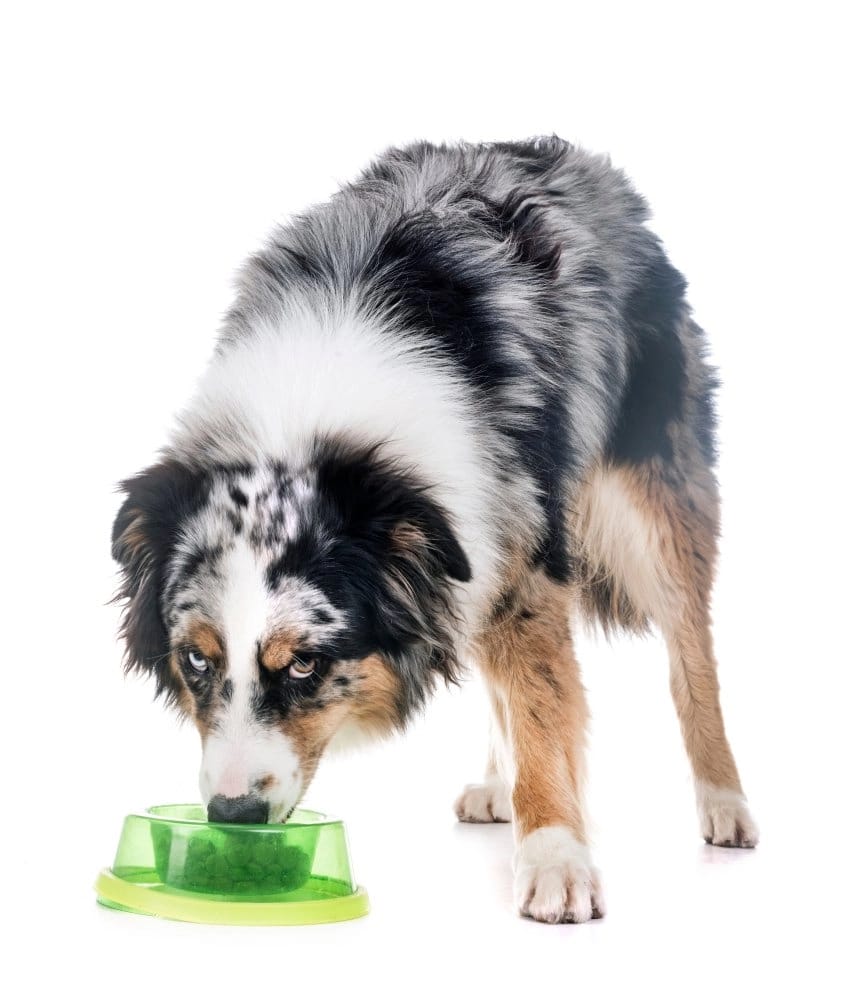
Reasons for Resource Guarding in Dogs
Dog resource guarding can result from a number of things, such as:
1. Instinctual Behavior
Dogs are naturally inclined to defend important resources like food bowls, toys, and home territory. Given that they have to fight for limited resources in the wild, their predecessors may have instilled resource guarding as a natural tendency.
2. Past Experiences
Due to past events, such as competition for resources in multi-dog families or a history of lack or deprivation, dogs may develop resource-guarding instincts.
3. Fear or Insecurity
When faced with fear or insecurity, some dogs may turn to resource-guarding. They could try to exert control over others as a way of defending their resources from perceived dangers.
4. Lack of Socialization
Due to a lack of exposure to different people, animals, and settings, dogs who have not received proper socialization might exhibit resource-guarding behaviors. They can see strangers or strange circumstances as possible dangers to their resources.
5. Genetics
Genetic factors may predispose some breeds or individual dogs to resource-guarding behavior. Resource-guarding characteristics may be more common in breeds with strong guarding instincts, such as terriers or herding types.
6. Stress or Anxiety
Resource guarding is a coping strategy used by dogs who are under stress, anxiety, or uncertainty. Resource-guarding habits can be brought on by or made worse by changes in the surroundings, daily schedule, or social dynamics.
By knowing the underlying causes of resource guarding in dogs, owners can effectively address the tendency with the use of behavior modification strategies, appropriate training, and management.
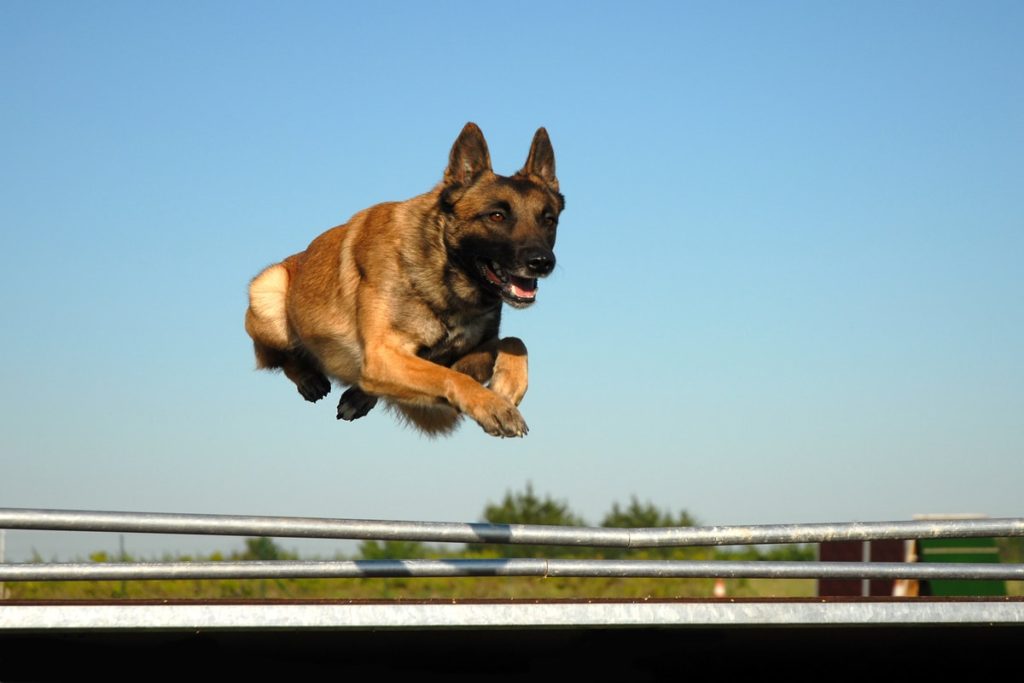
Traits of a Perfect Guard Dog
A combination of essential characteristics for both protection and companionship make up the ideal guard dog. Among them include self-assurance, vigilance, bravery, intelligence, loyalty, discernment, agility, stability, socialization, and protection. A self-assured, vigilant, and devoted guard dog exhibits courage while facing dangers, and intelligence enables rapid understanding and decision. Stability and agility guarantee a successful reaction in every kind of situation. Protectiveness drives them to defend loved ones and territory, and loyalty helps them form a close relationship with handlers. Positive engagement and caution are balanced through socialization. When combined, these qualities provide a trustworthy and perceptive guardian that provides its owners with security and company.
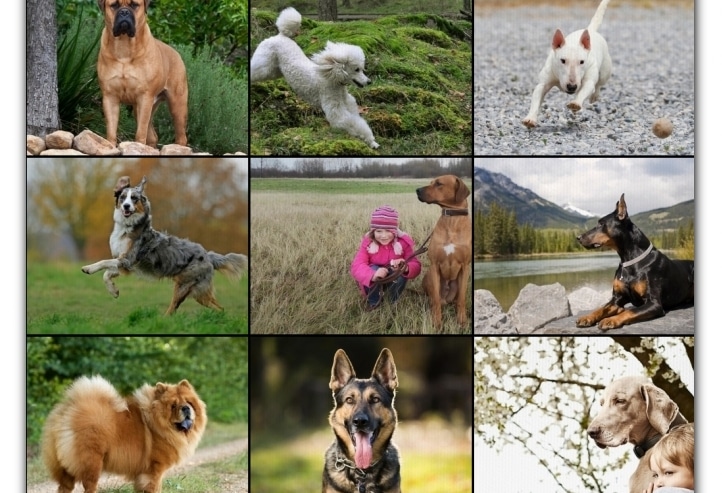
Ideal Breeds for Guard Dogs
Below are some ideal breeds for guard dogs:
- German Shepherd
- Rottweiler
- Doberman Pinscher
- Belgian Malinois
- Bullmastiff
- Boxer
- Giant Schnauzer
- Rhodesian Ridgeback
- Akita
- Staffordshire Bull Terrier
Conclusion
Wrapping up, this article covered comprehensive tips for guard dog training. One can enroll them in specialized training or teach them on their own. So, teach your guard dog for your ultimate protection by following our guide now.
Guard Dog for Your Ultimate Protection!

